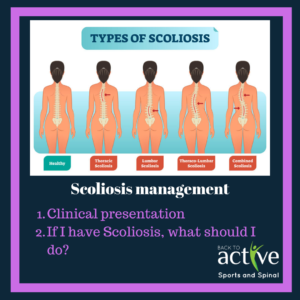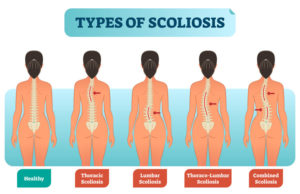Scoliosis

When you look in the mirror you may notice that your spine isn’t directly running straight or that your breast plate isn’t sitting exactly in line with your belly button. This is a subtle and
Scoliosis is defined as an abnormal curve or rotation of the spine. Generally, there are two types of scoliosis, a “c shape curve” or an “s shape curve”. Scoliosis can either be congenital scoliosis (where it is present at birth) or functional scoliosis (where it is a bad habit developed across multiple years – this could be attributable to poor posture or extreme dominant hand preference, causes us to continually contort our spine in a way that justifies scoliosis). Approximately 85% of cases are idiopathic; meaning that the cause of scoliosis is largely unknown. Spinal deformities can result in pain when performing relatively simple tasks such as standing, walking, or lifting objects and is often accompanied by a decreased range of motion

Clinical presentation/ Things to look out for if you have scoliosis:
- Sideways curvature of the spine
- Sideways body posture
- One shoulder raised higher than the other
- Clothes not hanging properly
- Local muscular aches (along your back)
- Local ligament pain (along your back)
- Discomfort while breathing in extreme cases of scoliosis
- Chronic lower back pain or middle back pai, persisting for longer than 3 months
- Other lumber back pain factors: single curve, brace wearing, moderate depression, moderate/severe daytime sleepiness
If I have Scoliosis what do I do?
If you have scoliosis within a bend of 10 – 50 degrees (cobbs angle), and you’re presenting with painful symptoms, then it is advisable to undergo conservative management. Non-conservative treatment usually involves surgery to correct spinal deformities, but these procedures are not without risk. Conservative therapies such as physiotherapy scoliosis-specific exercise, with or without concurrent external bracing, are used as an alternative for patients presenting less than a 50-degree curvature. Please note that only 0.1% have a curve that is greater than 40 degrees.
So, what does conservative treatment involve?
- Diagnosing spinal curvature, essentially the secret is reversing the curve by performing actions against the curve.
- Exercise – rotational stretches (against the curve), equalising and remedying muscular imbalance functionally encouraged by the curve, strength work to sustain non-curve.
- Balance and proprioception training against the habits of the spine.
- Dry needling to reset muscular dysfunction.
- Pelvic and lower back manipulation for decompression.
General exercises and stretches that will benefit you from scoliosis:
- Child pose stretch
- Spinal decompression hang
- Oblique twists (rotational stretch against your curve)
- Spine lateral flexion stretch
What if I do need surgery?
Spinal surgery in patients with congenital scoliosis is regarded as a safe procedure and may prevent the development of severe local deformities and secondary structural deformities that would require more extensive fusion later. However, the ideal age window for scoliosis surgery is between 16 to 22, this is generally reserved for debilitating cases of scoliosis >55 degrees cobbs angle.
Conclusion:
With the variable complaints that come with different presentations of scoliosis, it’s important to consider the patient’s specific scoliosis. Clinicians can then assess the needs of the patient to best guide them in a way where they can actively maintain the benefits of session and continue to rectify their scoliosis in their own time.
Written by Joshua Shum Physiotherapist
